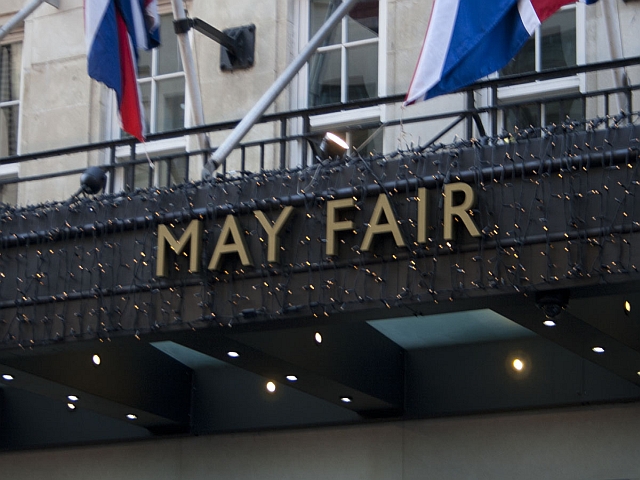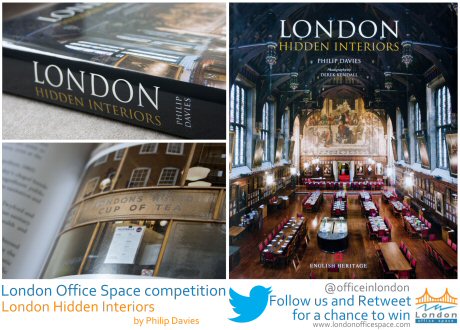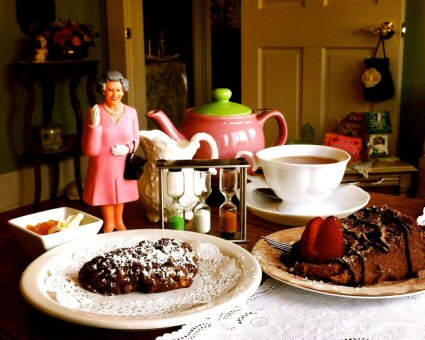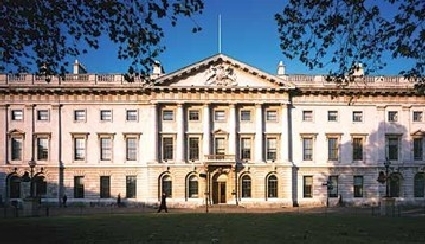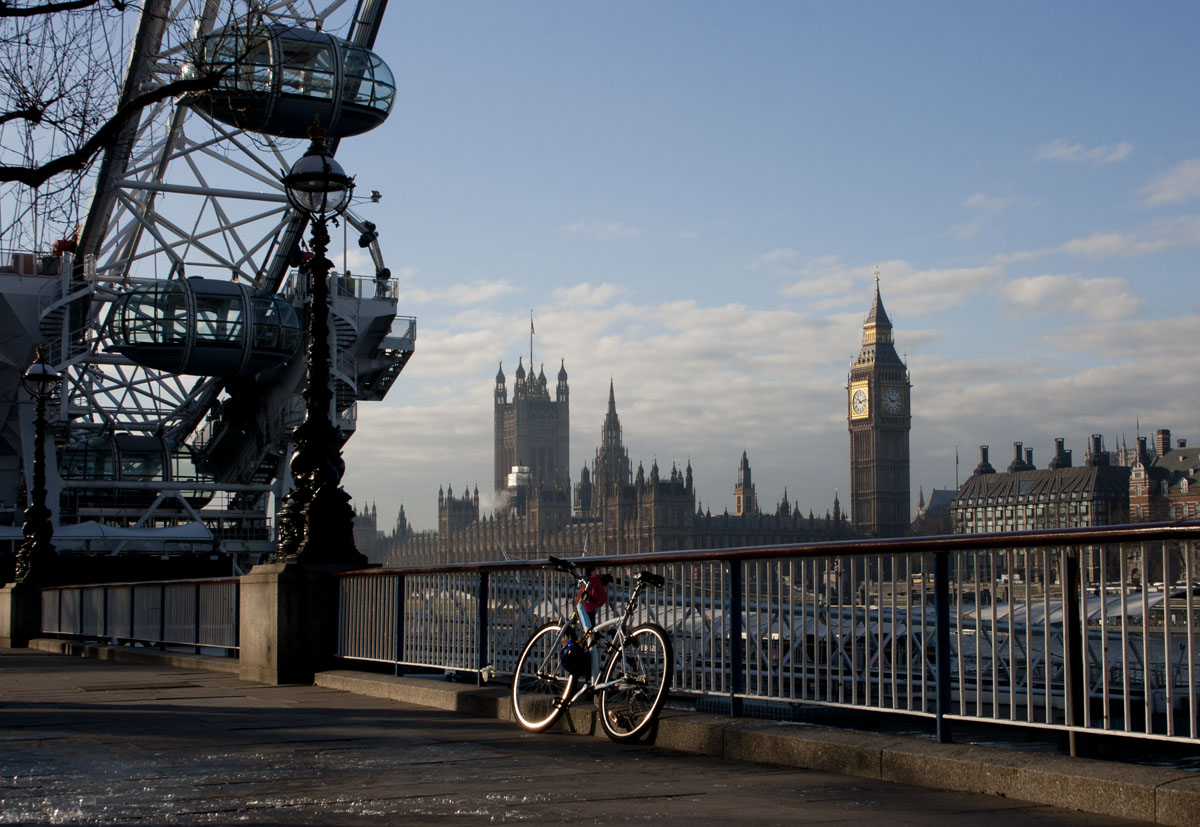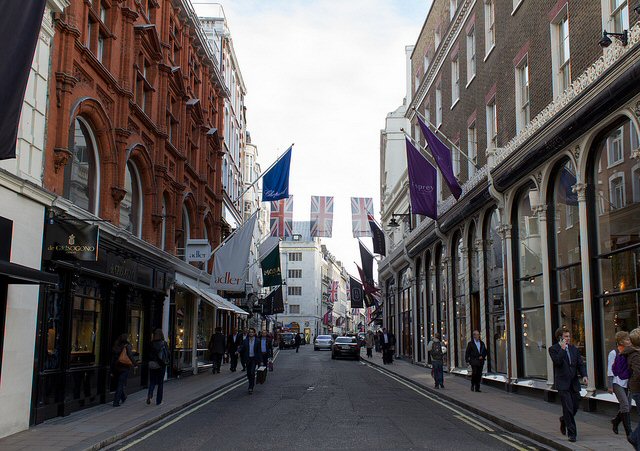There are many factors that can influence job satisfaction and productivity levels in the office. Although elements like economic retribution, good working relationships with colleagues, and autonomy are all very important, health and safety considerations cannot be taken out of the equation. The importance of health and safety in the workplace should not be underestimated, as the well-being of both employers and staff depends on it.
Since potential hazards are everywhere, it is important to be familiar with and understand what regulations are in place in order to protect your health and well-being at work, as well as which are your rights as an employee in terms of health and safety. This article provides an overview of the most important aspects of the current health and safety legislation, with the objective of helping you understand better your rights in the office.
Continue reading “Your Rights as an Employee: Office Occupational Health and Safety”

